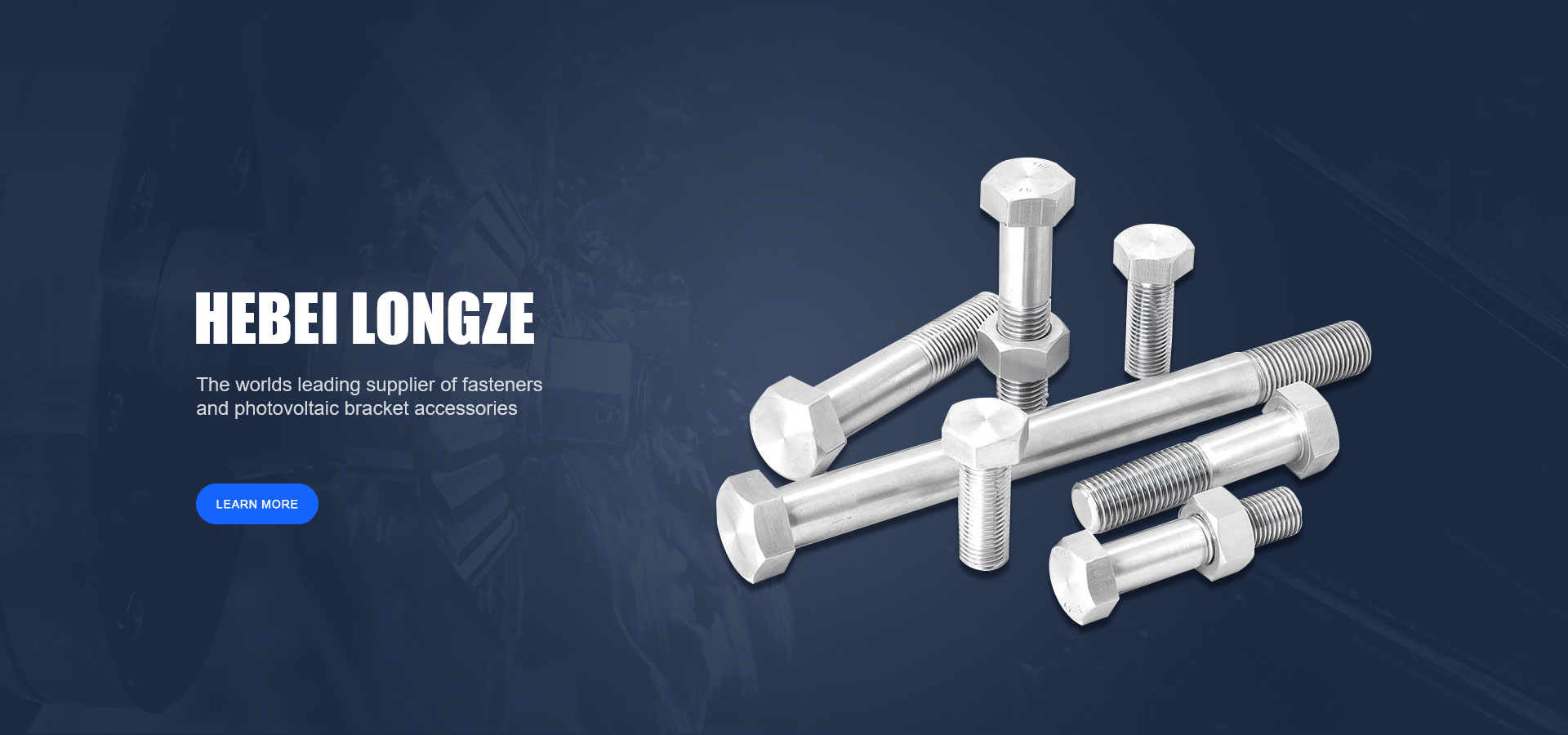

heavy duty spring washer
Oct . 19, 2024 17:46 Back to list
heavy duty spring washer
Understanding Heavy Duty Spring Washers Applications and Benefits
Heavy duty spring washers are essential components in various mechanical and engineering applications. Designed to provide effective load distribution, vibration absorption, and consistent axial force, these washers play a critical role in ensuring the reliability and longevity of mechanical assemblies. This article delves into the characteristics, applications, and advantages of heavy duty spring washers.
What are Heavy Duty Spring Washers?
Heavy duty spring washers are specially designed fasteners that utilize the elasticity of spring steel to maintain tension and absorb dynamic loads. Unlike regular washers, their unique geometry allows them to exert a force against a fastener, counteracting factors such as relaxation, vibration, and thermal expansion. This attribute makes them suitable for high-stress applications in various industries, including automotive, aerospace, construction, and machinery.
These washers come in various shapes and sizes, with conical, wave, and split designs being the most common. The spring effect generated by their shape allows them to adapt to load fluctuations, ensuring that the fastening remains secure and stable over time.
Key Applications
1. Automotive Industry In vehicles, spring washers are often used in suspension systems, engine components, and other critical joints where high levels of vibration and stress occur. They help maintain the integrity of these connections, which is vital for vehicle safety and performance.
2. Aerospace In aerospace applications, where components are subjected to extreme forces and temperature variations, heavy duty spring washers provide reliable fastening solutions. Their ability to perform under high-stress conditions makes them ideal for ensuring the safety and functionality of aircraft.
3. Construction Machinery Heavy duty equipment in construction often faces harsh environments. Spring washers help absorb shocks and maintain load integrity, preventing premature failure of bolts and other fastening components.
heavy duty spring washer

4. Industrial Machinery In factories and production lines, heavy duty spring washers are used to secure various machine parts. Their ability to compensate for wear and tear helps reduce maintenance needs and prolongs the life of equipment.
Benefits of Heavy Duty Spring Washers
1. Vibration Resistance One of the primary advantages of spring washers is their ability to absorb and dissipate vibrations. This characteristic is crucial in preventing loosening of fasteners, which is particularly important in high-speed or high-load applications.
2. Consistent Load Distribution Heavy duty spring washers ensure that loads are distributed evenly across fasteners, reducing the risk of local stress concentrations that can lead to failure.
3. Enhanced Durability Made from high-quality materials, spring washers are designed to withstand extreme conditions, including high temperatures, corrosive environments, and significant mechanical stress. This durability contributes to the overall reliability of mechanical systems.
4. Ease of Installation Spring washers are relatively easy to install and can be integrated into existing systems without significant modifications. Their adaptability and function make them a preferred choice for engineers and technicians.
5. Cost-Effectiveness While they may come at a slightly higher initial cost compared to standard washers, the long-term benefits of reduced maintenance and increased equipment lifespan make heavy duty spring washers a cost-effective solution in many applications.
Conclusion
Heavy duty spring washers are vital components that contribute significantly to the performance and reliability of mechanical assemblies. Their ability to absorb vibrations, ensure consistent load distribution, and provide enhanced durability makes them indispensable in numerous industries. As technology advances and the demand for high-performance materials grows, the role of heavy duty spring washers will likely become even more prominent in engineering and manufacturing applications. Understanding their characteristics and benefits is key for engineers and professionals in ensuring optimal performance in their projects.
Latest news
-
Hot Dip Galvanized Bolts-About LongZe|High Strength, Corrosion Resistance
NewsJul.30,2025
-
High-Strength Hot Dip Galvanized Bolts - Hebei Longze | Corrosion Resistance, Customization
NewsJul.30,2025
-
Hot Dip Galvanized Bolts-Hebei Longze|Corrosion Resistance&High Strength
NewsJul.30,2025
-
High-Strength Hot-Dip Galvanized Bolts-Hebei Longze|Corrosion Resistance&High Strength
NewsJul.30,2025
-
Hot Dip Galvanized Bolts-Hebei Longze|Corrosion Resistance&High Strength
NewsJul.30,2025
-
Hot Dip Galvanized Bolts - Hebei Longze | Corrosion Resistance, High Strength
NewsJul.30,2025

